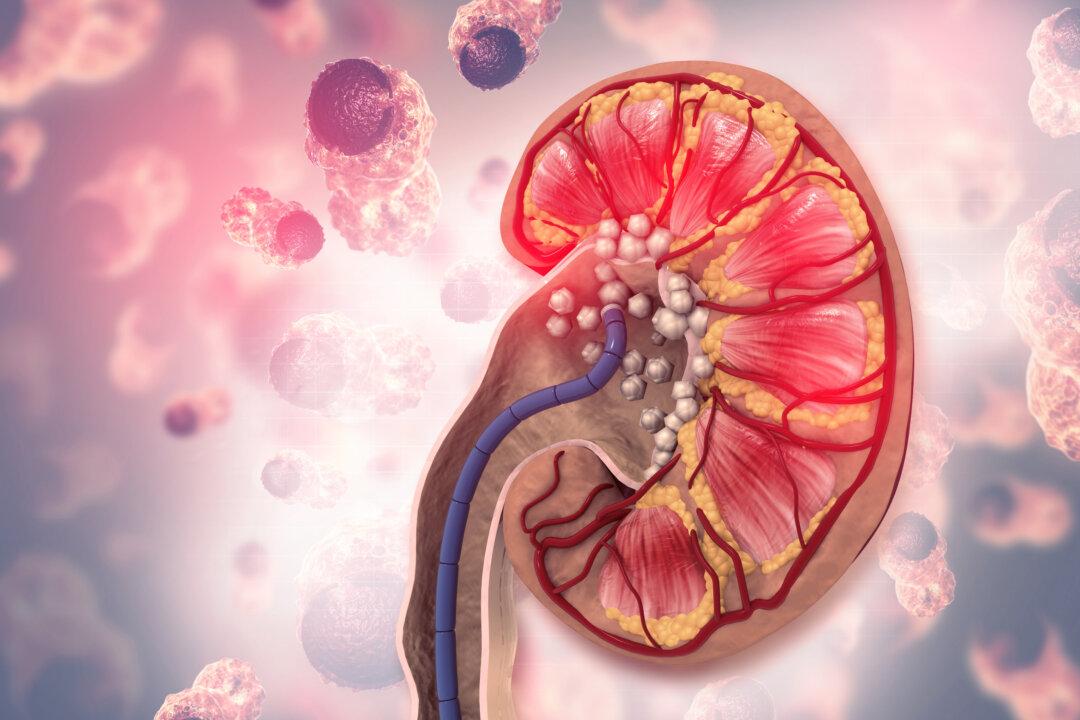Did you know that we eat an oil almost every day that increases the risk of cancer and heart disease? It is palm oil, which is commonly found in processed foods. As long as you are not eating whole food, you’re likely eating palm oil.
Palm Oil Is Omnipresent in Processed Foods
Palm oil is extracted from palm pulp or palm kernels and has a wide range of uses. It is mainly found in processed foods.Our reliance on palm oil is increasing year by year. According to statistics released in January 2022 by Statista, which is an online statistical data portal, the global palm oil consumption from 2021 to 2022 is 73,866,000 metric tons, reaching a record high. The United States is in a similar situation, with domestic palm oil consumption of 1,602,000 metric tons in 2021, just 1,000 metric tons less than 2020.






